Product Description
PURPOSE
WHAT IS IT?
Basil is one of the most common herbs in the world. Easily grown both outdoors, and in pots, it can be found virtually everywhere. Italian cuisine makes popular use of it, but it finds itself introduced into other cuisines as both an aromatic, and a flavorant.
The dried, ground basil is best for:
- Where you want the flavor, but not the mouth feel of dried, crushed basil;
- Places where the herb needs to adhere uniformly to surfaces, like a roast meat;
- Places where it can be rehydrated easily, like soups, or stews.
- House-made dry meat rub blends;
- Pre-made house “mixes” like an herb-cheese biscuit. Why buy Bisquick, for a huge premium, when you can make small batches of your own for far less?
What powdered basil is not ideal for? It is NOT a one-to-one substitute for fresh, or the crushed. Can you make pesto with it? Yes, but it won’t be very good pesto.
EXPERIENCE
Basil is extremely aromatic. The fresh has an herbal scent that has gentle, pleasant notes of sweet grass, and lemon fragrance. Dried, there are the herbal-grassy notes. The sweetness, and fragrance are more subdued..
CULINARY GEOGRAPHY
Basil now grows in most regions of the world. Its origin is believed to be India, but its natural range is throughout India, Asia and Africa. It is prominently featured in varied cuisines throughout the world including: Italian; Thai; Vietnamese; and Laotian.
TRADITIONAL USES
- Poultry seasoning;
- Bloody Mary mix;
- Basil-infused tea;
- Pastas.
A FEW IMPROVISATIONAL RIFFS:
- Pietro’s Potato salad – Classic American picnic potato pops pesto with a hint of garlic, basil powder, and pine nuts;
- Ciabatta Niklaus – I had a little fun with a ciabatta bread for a friend’s golf tournament, making putting greens with powdered basil over a brushing of olive oil, and sesame seed “sand traps;”
- Coconut basil rice is a sweet, aromatic rice for lamb, poultry, or pork;
- Basil-Boursin soufflé – A savory, garlicky appetizer with a charming green, and a mellow mouth feel,
THE BACKSTORY
We know that basil traces back, in human history, at least about 5,500 years. Its origin is believed to be India. First indications of its use in China date to 850 ACE. Basil has been dried, for non-seasonal use, for millennia. When was it first powdered? No one can say.
AKA
- Ban tulsi
- Basilic
- Basilic commun
- Basilico
- Basilie
- Basilienkraut
- Basilikum
- Besil
- Besil
- Cây húng quế
- Cây rau é
- É dỏ
- É tía
- É trắng
- Herbe royale
- Horapa
- Horapha
- Húng
- Húng giỏi
- Húng quế
- Jangli tulsi
- Jashkvlavi
- Kaphao
- Kaphrau
- Kaprao
- Kaprao-chang
- Königskraut
- Krishnathulasi
- Lá quế
- Maenglak
- Malayalam
- Manipuri
- Mayangton
- Meitei-Lon
- Naoshek lei
- Nhu tía
- Ocimum gratissimum
- Pachcha
- Phak itu
- Ramathulasi
- Rau quế
- Rehani
- Rekhani
- Shashk’vlavi
- Shashkvliavi
- Sivathulasi
- Sweet Basil
- Thulasi
- Tulsi
- Tulsipambi
- Yira
- რეხანი
- რეჰანი
- შაშკვლავი
- ჯაშკვლავი
- जंगली तुलसी
- तुलसी
- बन तुलसी
- बेसिल
- তুলসী
- তুলসীপম্বী
- নাওশেক লৈ
- ময়াংতোন
- കൃഷ്ണതുളസി
- തുളസി
- രാമതുളസി
- ꯂꯩ
- ꯃꯌꯥꯡꯇꯣ
- ꯅꯥꯎꯁꯦꯛ
- ꯇꯨꯜꯁꯤ
- ꯇꯨꯜꯁꯤꯄꯝꯕꯤ
- กะเพรากะเพราช้าง
- กะเพา
- เบซิล
- ผักอีตู่
- แมงลัก
- ยี่หร่า
- โหระพา
Get top quality from our friends at SpiceJungle.

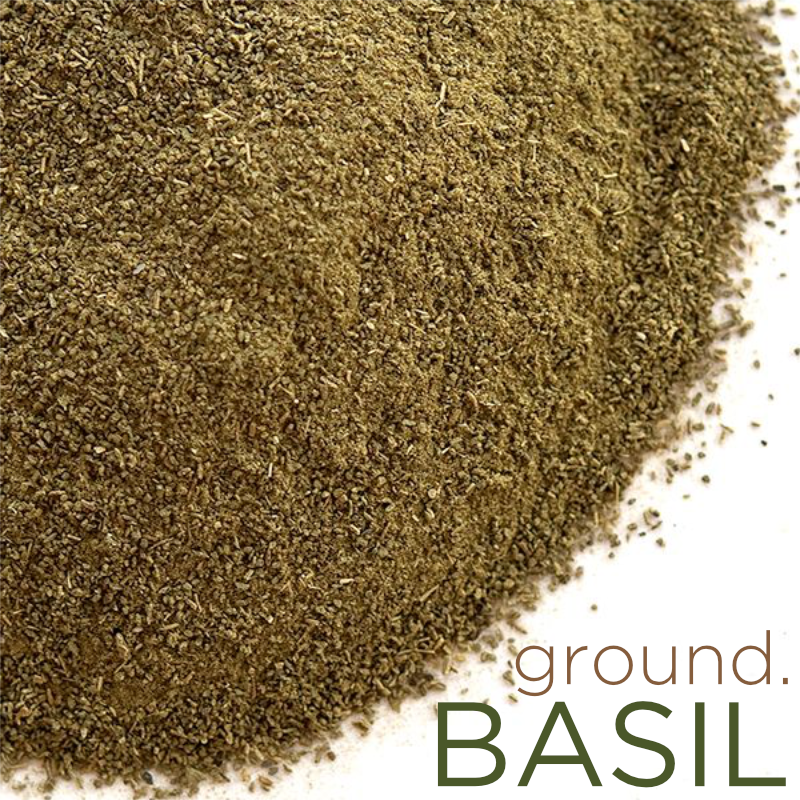


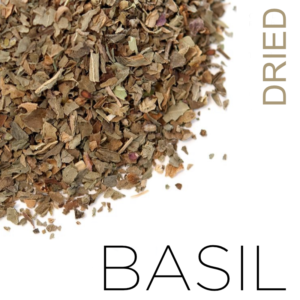
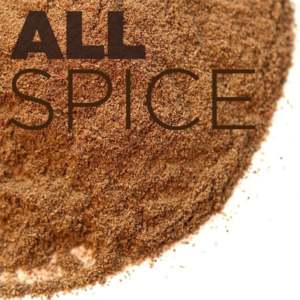
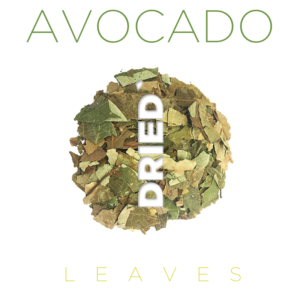
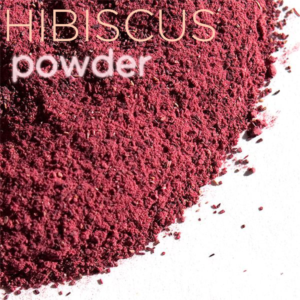
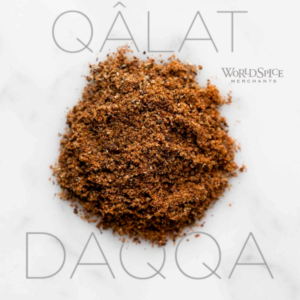
Reviews
There are no reviews yet.